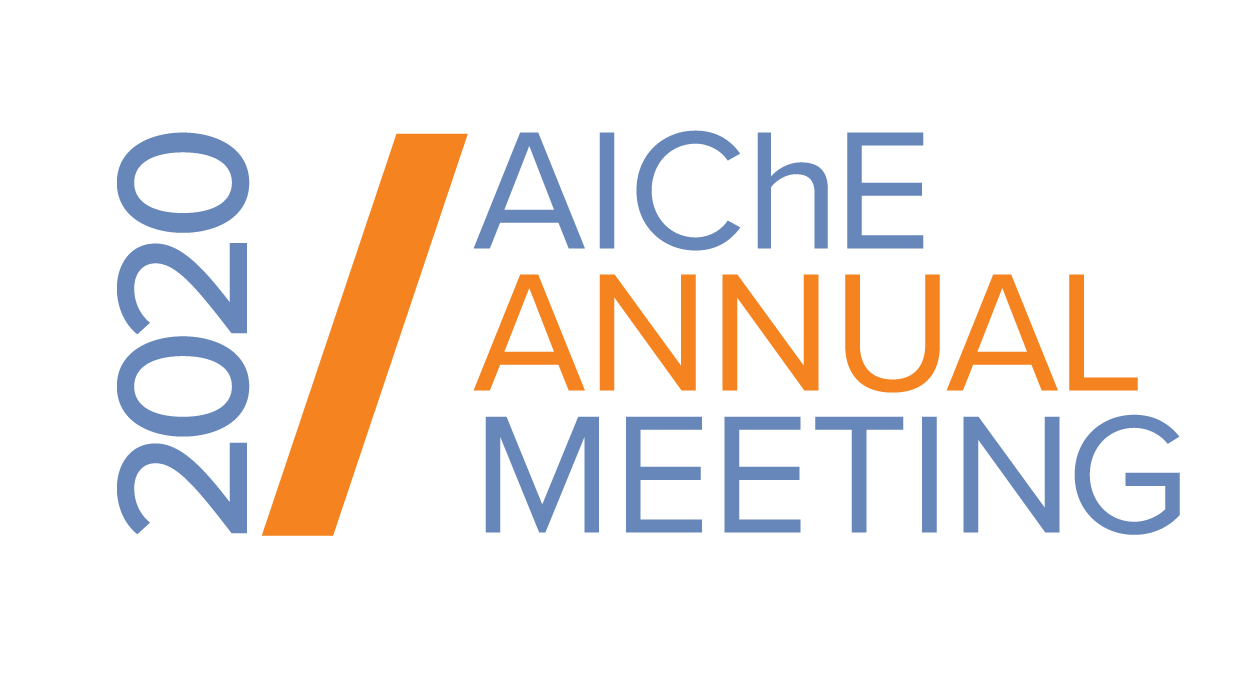

Alchemical perturbation density functional theory (APDFT) has promise for enabling computational screening of hypothetical catalyst sites. Here, we analyze errors in first order APDFT calculation schemes for binding energies of CHx, NHx, OHx, and OOH adsorbates over a range of different coverages on hypothetical alloys based on a Pt(111) reference system. We then train three different support vector regression machine learning models that correct systematic APDFT prediction errors for each of the three classes of carbon, nitrogen, and oxygen based adsorbates. While uncorrected first order APDFT alone approximates accurate adsorbate binding energies on up to 36 hypothetical alloys based on a single Kohn-Sham DFT calculation on a 3 × 3 unit cell for Pt(111), the machine learning-corrected APDFT extends this number to more than 20,000 and provides a recipe for developing other machine learning-based APDFT models.
Presenter(s)
Once the content has been viewed and you have attested to it, you will be able to download and print a certificate for PDH credits.
If you have already viewed this content,
please click here
to login.
